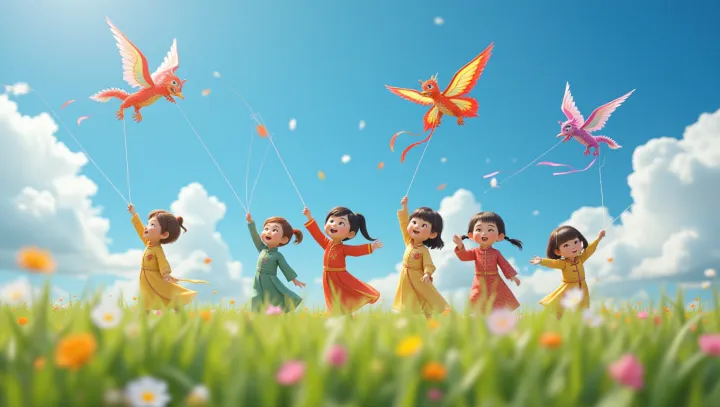Unraveling the Kite's Origin

In the serene valleys of East Asia, the kite emerged as a multifaceted invention. Its origins, steeped in practicality, were far removed from today's playful connotations. Initially, kites were utilized for military communication and weather monitoring, marking their entry into historical records with great significance.
As centuries passed, the kite transformed from a tool of utility to a symbol of joy and exploration. In modern times, it takes its place as a quintessential childhood pastime. Festivals across continents celebrate the art of kite flying, highlighting its universal appeal and the creativity it inspires among children.
The evolution of the kite mirrors the adaptability of human culture. It transcends geographic and cultural boundaries, providing a bridge between generations. Experts suggest that this transition from serious utility to playful pastime reflects an innate human tendency to find joy in simplicity.
As spring approaches, families flock to open fields and parks, adorning the sky with vibrant displays of kites soaring high. In cities like San Francisco and Mumbai, annual kite festivals draw crowds, showcasing the communal and cross-cultural nature of this timeless activity.
